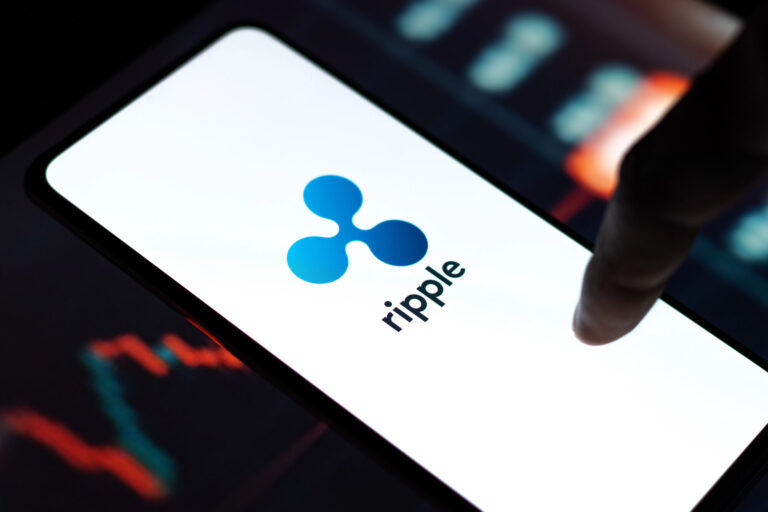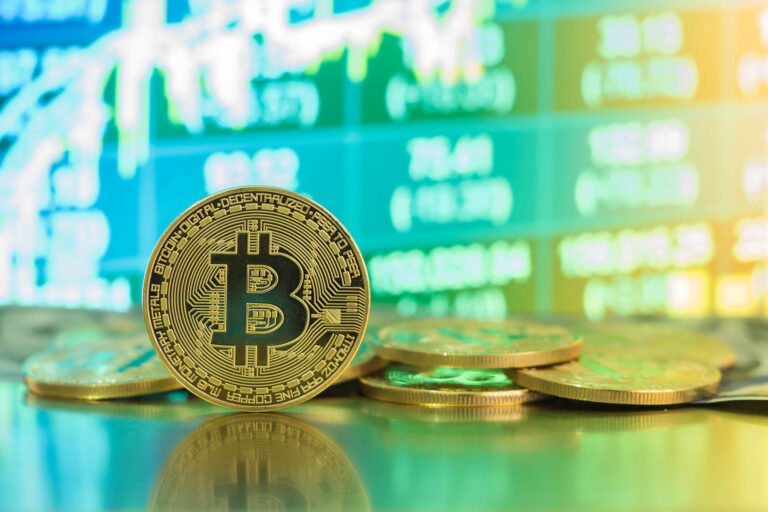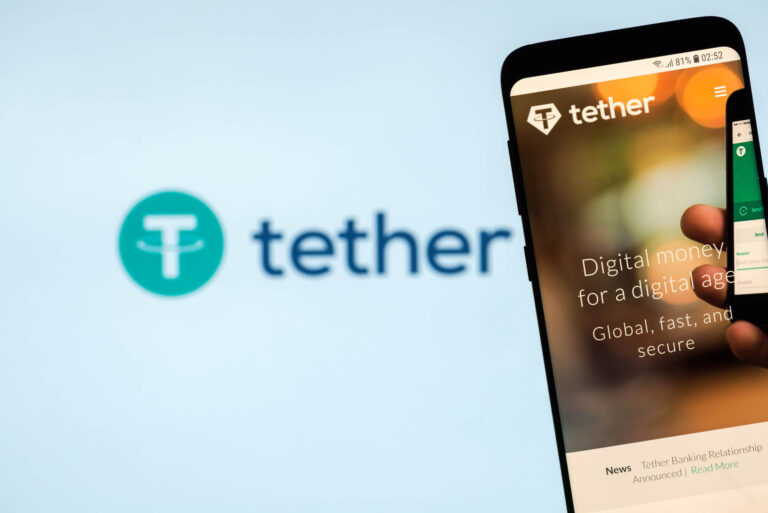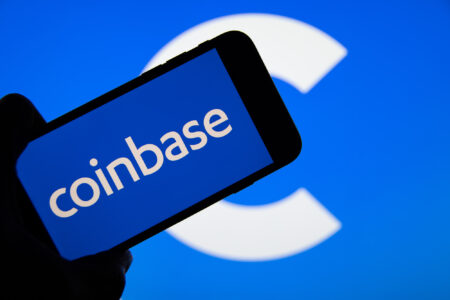Ripple continues its expansion in the stablecoin market. Through the planned acquisition of Canadian payment platform Rail for USD 200 million, Ripple aims to strengthen the role of its stablecoin RLUSD in global payments and unlock new institutional use cases.
With the acquisition of Rail, Ripple is expanding its infrastructure for tokenized payments. Rail specializes in stablecoin transactions and offers regulatory-compliant solutions for enterprises. The deal underscores Ripple's ambition to position itself as a leading player in digital payments - beyond XRP.
Strategic expansion of the stablecoin business
The planned acquisition of Rail by Ripple comes just a few months after the launch of RLUSD, Ripple's own US dollar-pegged stablecoin. Rail brings an already functional network for stablecoin payments and gives Ripple direct access to a growing market of institutional clients in North America. According to Reuters, Rail enables corporate clients to make stablecoin payments without holding cryptocurrencies themselves - a feature that combines regulatory compliance and user-friendliness.
Ripple CEO Brad Garlinghouse called the acquisition a “crucial step in advancing digital payments.” Rail will be fully integrated into the existing RippleNet system. At the same time, RLUSD is set to be increasingly used as a settlement currency within Rail’s infrastructure - including programmable payments, smart contracts, and automated treasury solutions.
Regulation, trust, and market position
The acquisition is driven not only by technology but also by regulatory significance. Rail already holds a payment service provider license in Canada - a market that is increasingly seen as a testing ground for digital payment solutions due to its clear crypto regulations. This positions Ripple strategically as a provider of fully regulated and globally deployable stablecoin solutions.
The integration of Rail into Ripple’s existing product landscape also creates synergies with other services such as On-Demand Liquidity (ODL) and Hidden Road, the prime broker acquired in April. While ODL continues to use XRP as a bridge currency, Rail can provide a stable infrastructure for enterprises that prefer stablecoins. In this way, Ripple is building a modular payment network that can flexibly adapt to the needs of institutional clients - offering a choice between volatile crypto assets and regulated stablecoins.








